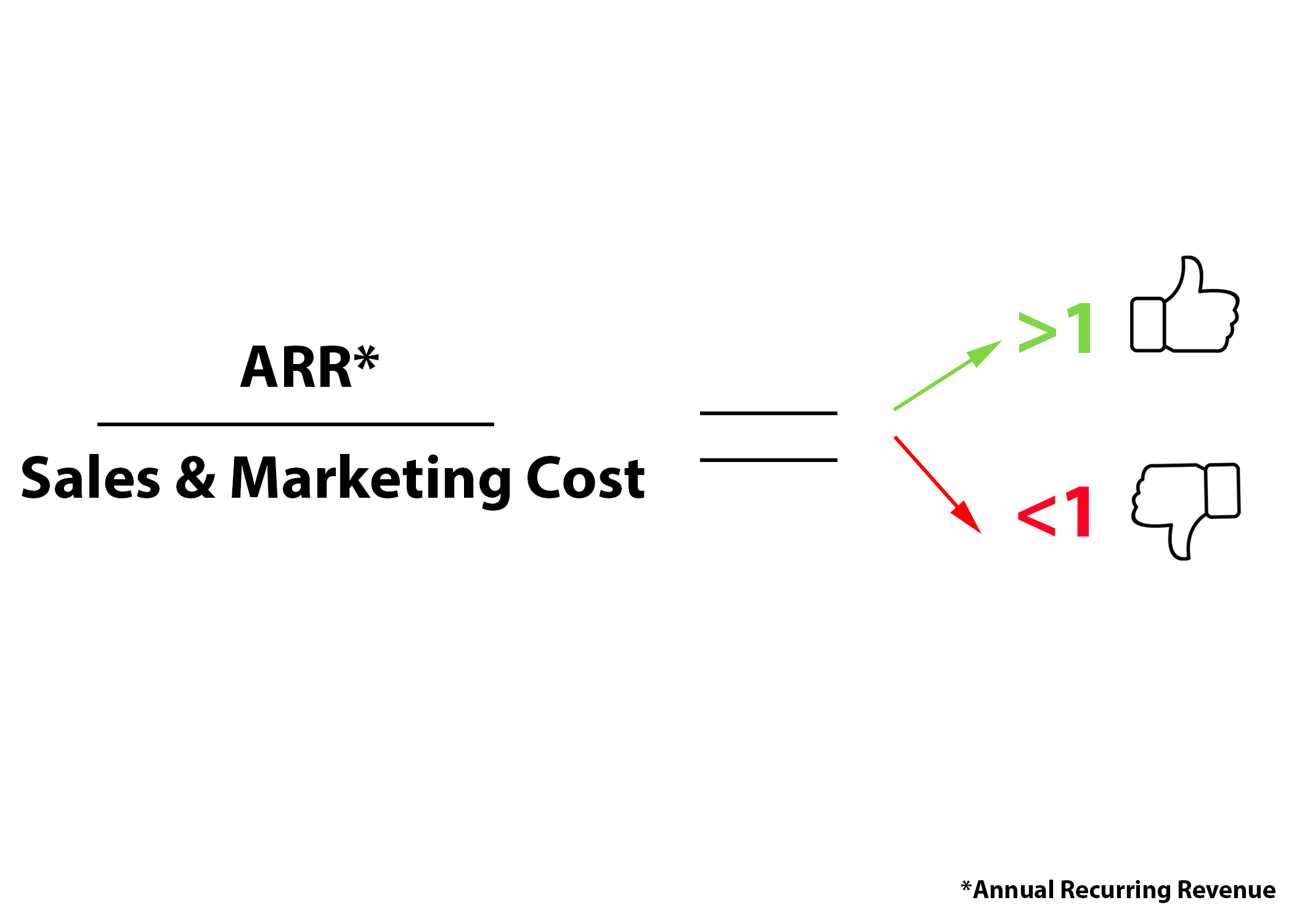How and why sales efficiency could help tech startups unlock growth

Ryan Floyd is a founding managing director of Storm Ventures, investing in early-stage enterprise SaaS companies, and the host of Ask a VC YouTube channel.
Sales efficiency is the best way to understand the economics of a business. To me, it answers the question as to whether a business can ever scale. The harsh truth is, if it can’t scale, investors won’t be interested.
Sales efficiency is more simple to measure than other related concepts like CAC (customer acquisition cost) or LTV (lifetime value). Here’s why:
- CAC is harder to truly measure, especially new CAC. In a SaaS organization, sometimes it can be hard to allocate those costs to what that new CAC is, as opposed to upsell or cross-sell within the same organization. Salespeople are almost always trying to pursue two goals:
- Trying to acquire new customers
- Selling within an existing customer (more seats within an established department, or expanding to a new division)
These activities generate different CAC; trying to strip out only the new CAC can be tricky. Sales efficiency, on the other hand, looks at all net new ARR (annual recurring revenue), which includes new customer ARR as well as expansion ARR.
- LTV tries to measure the value of a customer over time, assuming both repeat purchases and eventual churn; this gives you a good sense of the ultimate value of that customer to your business over time. The challenge with LTV in SaaS is that the data points that you might use to assume churn and repeat purchase behavior aren’t very robust — there are few SaaS businesses that have enough customers to really make these numbers reliable.
Enterprise businesses should focus on unit economics of sales early. When a business scales, it rarely buys you better economics — usually it just means more losses.
The role of sales efficiency in your ‘go-to-market fit’
At Storm Ventures we use a concept we call finding ‘go-to-market fit’ (GTM fit).




